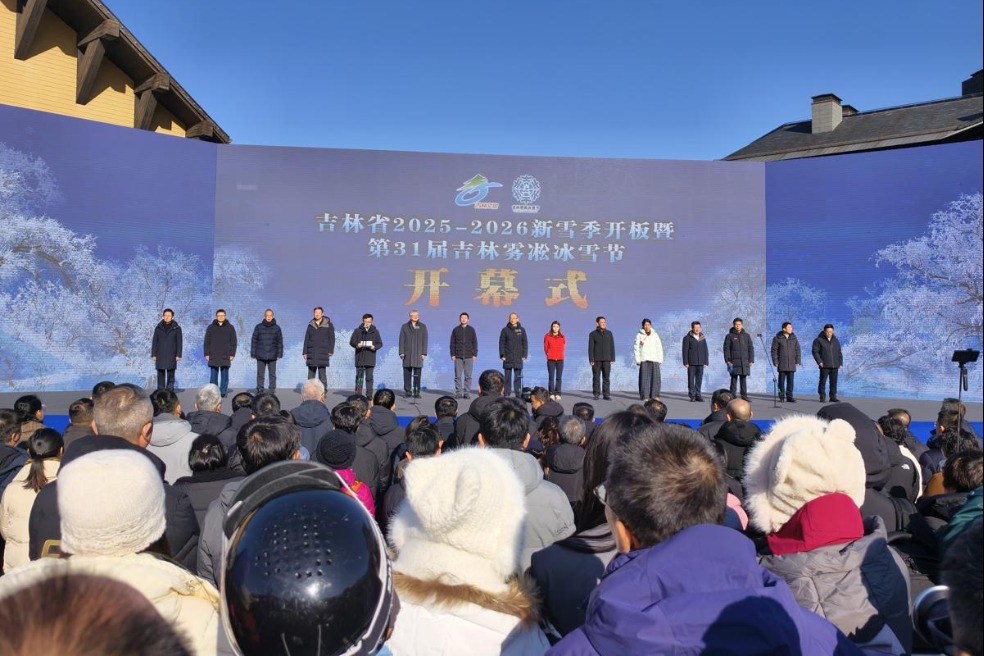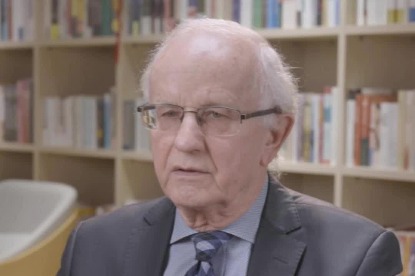China launches intl program for fusion energy research


China launched an international science program focused on fusion burning plasma research on Monday in Hefei, East China's Anhui province, opening several major fusion research platforms to global scientists for joint scientific advancements.
The international program, initiated by the Chinese Academy of Sciences' Institute of Plasma Physics, will provide global access to the country's multiple major fusion research platforms, including the Burning Plasma Experimental Superconducting Tokamak, or BEST, facility in Hefei.
At the launch event, fusion scientists from more than 10 countries, including France, the United Kingdom and Germany, jointly signed and released the Hefei Fusion Declaration to promote open science and encourage researchers worldwide to join in fusion research efforts in China.
Fusion energy, which replicates the sun's power generation process, is hailed as an ideal clean energy source. For decades, scientists have used techniques like magnetic confinement to create the extreme conditions required for fusion.
Dubbed the "artificial sun", the tokamak device is basically a magnetic cage designed to confine, shape and control super-hot plasmas that make fusion reactions possible.
Unlike previous fusion experimental devices, BEST is designed to demonstrate actual "burning" of deuterium-tritium plasma. The facility has attracted significant public attention since the beginning of its full-scale assembly in Hefei in May.
A "burning plasma" is like a flame sustained by the heat generated within the fusion reaction itself, forming the foundation for continuous power generation.
According to the Hefei Fusion Declaration, the scientific feasibility of harnessing fusion energy via tokamak devices is close to the demonstration stage, with the outlook of a transition toward fusion engineering validation.
In January, a steady-state long-pulse high-confinement plasma operation at 104 million C for 1,066 seconds was successfully conducted by the Institute of Plasma Physics on "Science Island" located on the outskirts of Hefei.
It is currently a key international hub for fusion research after nearly half a century of development. It also hosts the Experimental Advanced Superconducting Tokamak, or EAST, and the Comprehensive Research Facility for Fusion Technology, or CRAFT.
- China launches intl program for fusion energy research
- Report on Shenzhen-Jiangmen railway collapse documents regulation violations
- GX Foundation opens its global headquarters in Hong Kong
- China's success in development empowers Global South
- Study explains why Chang'e 6 moon soil is unexpectedly sticky
- Rare Sapria himalayana once again enters blooming period in Yunnan




































